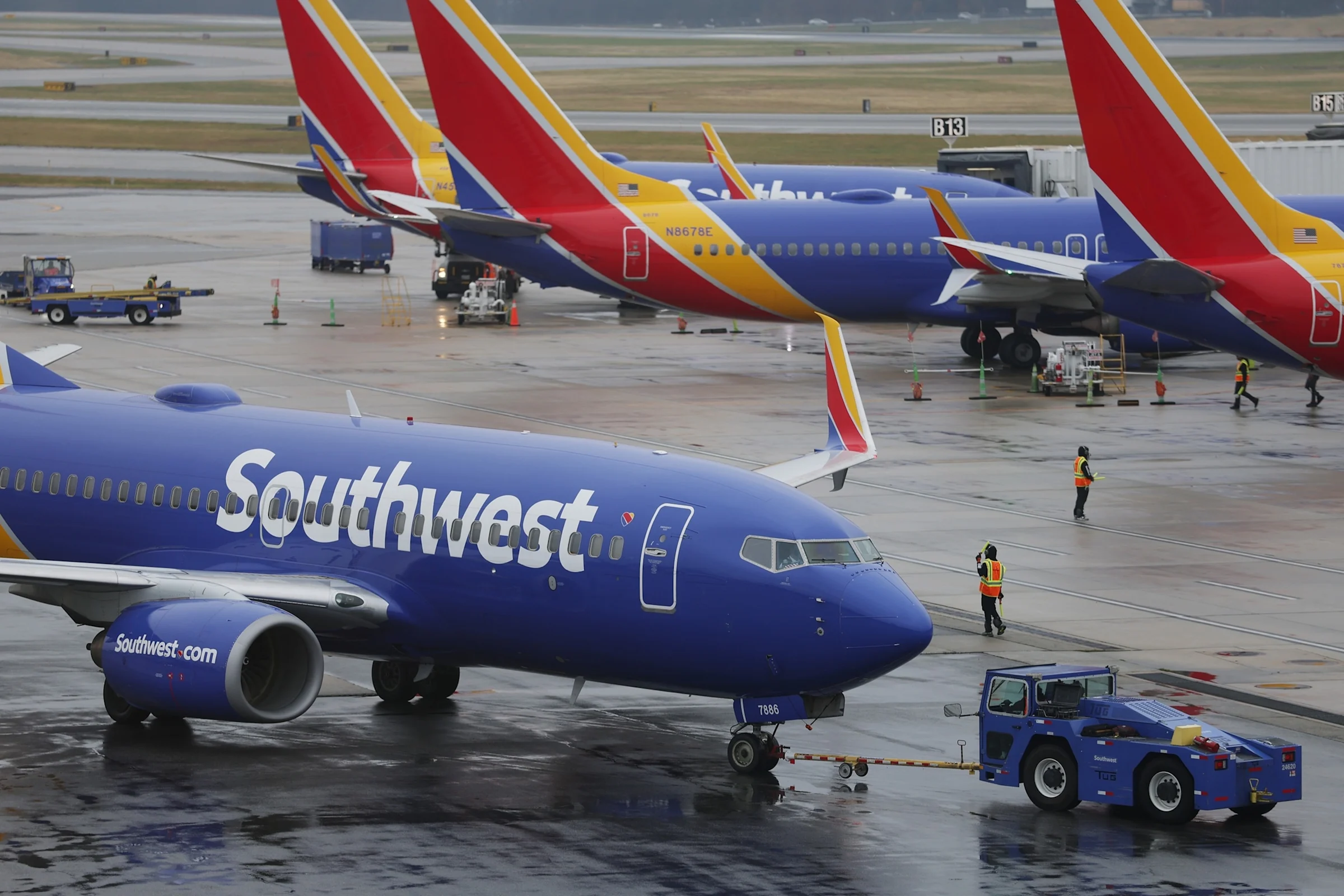The Federal Reserve chair, Jerome Powell, used a closely watched speech on Friday to warn that the fight against inflation in the US is not over.
Speaking at the Federal Reserve Bank of Kansas City’s annual gathering of central bankers in Jackson Hole, Wyoming, Powell said inflation was still too high and that interest rates might have to rise further to tamp it down.
The central bank will “keep at it until the job is done”, said Powell.
The Fed raised rates to a 22-year high in July – its 11th rate rise in 17 months. The annual rate of inflation has declined sharply, down from a 40-year high of 9% last June to close to 3%.
But as the US has rebounded from the pandemic and its aftermath, the economic picture has remained complicated for Powell. Consumer spending and the US jobs market remains robust despite the sharp rise in rates. And while the headline rate of inflation has fallen, prices of food, housing, gas and other essentials remain far higher than they were before the pandemic.
Powell has said that the Fed is aiming to achieve a “soft landing” for the economy, bringing down inflation without causing a sharp spike in job losses. But Powell has also acknowledged that the historically sharp increase in rates may not yet be reflected in the wider economy. “We are navigating by the stars under cloudy skies,” said Powell.
Powell said Fed policymakers would “proceed carefully as we decide whether to tighten further.”
“It is the Fed’s job to bring inflation down to our 2% goal, and we will do so,” Powell said. “We have tightened policy significantly over the past year. Although inflation has moved down from its peak – a welcome development – it remains too high. We are prepared to raise rates further if appropriate, and intend to hold policy at a restrictive level until we are confident that inflation is moving sustainably down toward our objective.”
Powell said the Fed was “attentive to signs that the economy may not be cooling as expected”, with consumer spending “especially robust” and the housing sector possibly rebounding.
The economy continues to grow above trend, Powell said, and if that continues, “it could put further progress on inflation at risk and could warrant further tightening of monetary policy”.
His remarks showed the Fed wrestling with conflicting signals from an economic picture where inflation has, by some readings, slowed a lot without much cost to the economy – a positive outcome, but one that has raised the possibility Fed policy is not restrictive enough to complete the job.
It was difficult, he said, to know with precision the degree to which the Fed’s current 5.25% to 5.5% benchmark interest rate had cleared the “neutral” rate of interest needed to slow the economy, and therefore hard to assess just where policy stands.
Powell repeated what has become a standard Fed diagnosis of inflation progress – with a pandemic-era jump in goods inflation easing and a decline in housing inflation “in the pipeline”, but concern that continued consumer spending on a broad array of services and a tight labor market may make a return to 2% difficult.
A recent decline in measures of underlying inflation, stripped of food and energy prices, “were welcome, but two months of good data are only the beginning of what it will take to build confidence that inflation is moving down sustainably”, Powell said.
“Given the size” of the broader services sector, excluding housing, “some further progress will be essential”, the Fed chief said, and it will likely require an economic slowdown to deliver it.
“Restrictive monetary policy will probably play an increasingly important role. Getting inflation sustainably back down to 2% is expected to require a period of below-trend economic growth as well as some softening in labor market conditions,” Powell said.
“Two per cent is and will remain our inflation target,” Powell said.




